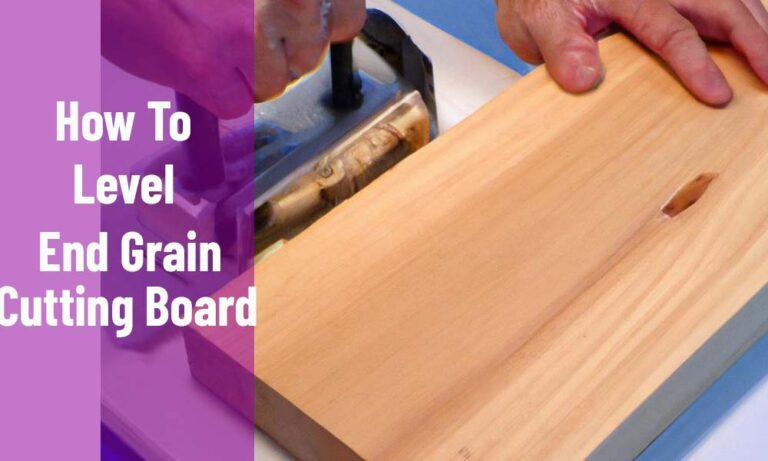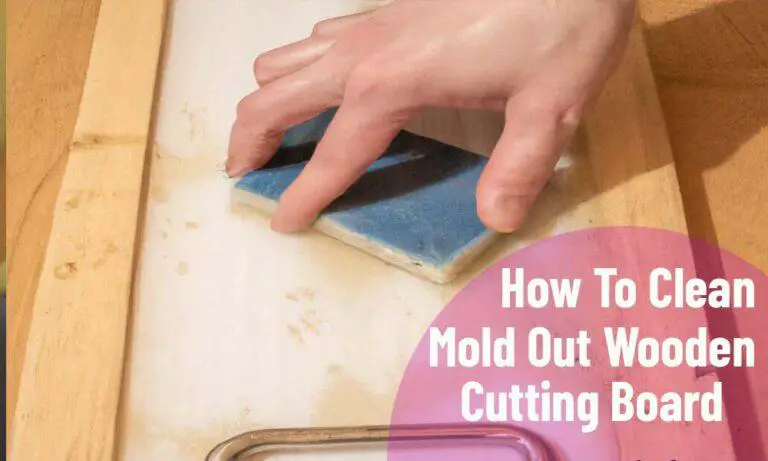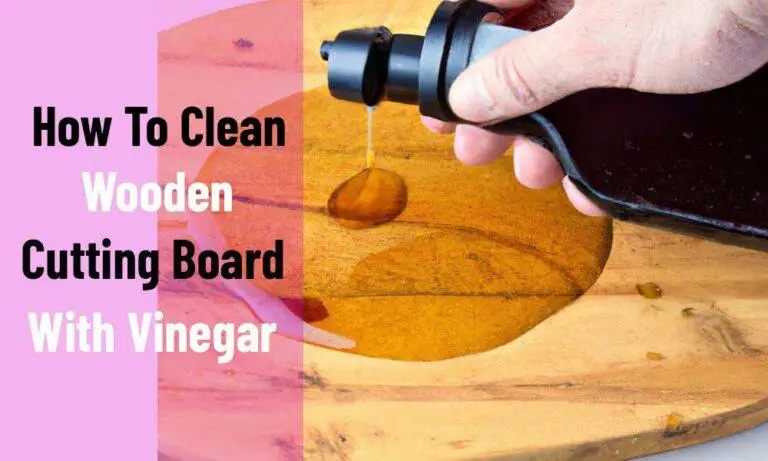How To Package A Cutting Board? The Best Process Of 2023
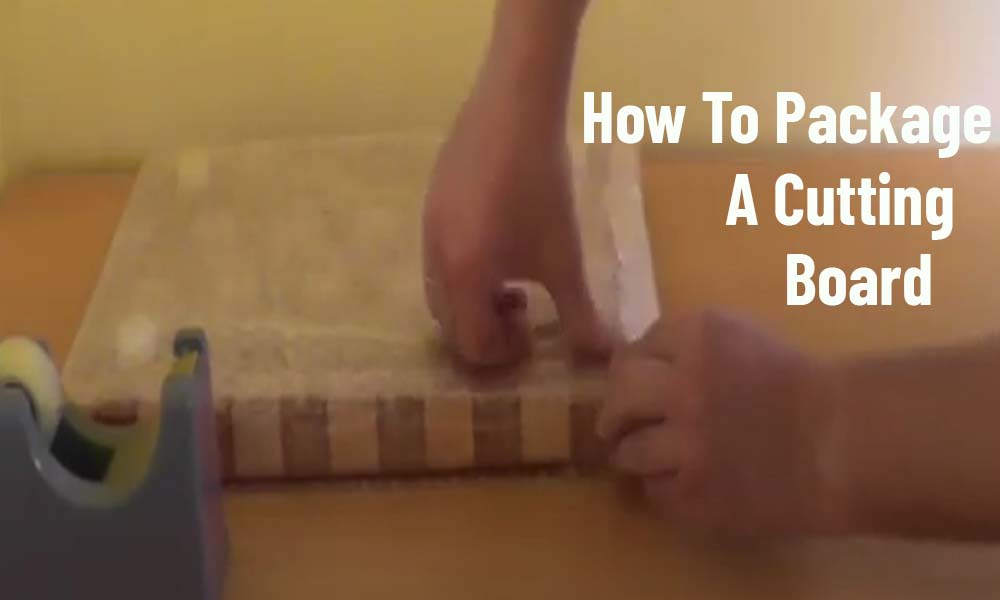
Packaging a cutting board is vital to ensure it remains safe and secure during transport. It can be done quickly and easily with the right materials and know-how to package a cutting board. Don’t worry; you are now in the right place.
To package a cutting board, wrap it in bubble wrap or kraft paper to protect it from scratches and bumps during transit. Then, place it in a sturdy cardboard box with enough cushioning material, such as packing peanuts or crumpled paper, to prevent it from shifting around. Seal the box with packing tape and label it “fragile” to ensure careful handling.
However, this blog post provides detailed instructions on properly packaging a cutting board, from preparing the necessary materials to securing the box for shipment. By following these steps, you can ensure that your cutting board will arrive in perfect condition.
Process of How To Package A Cutting Board
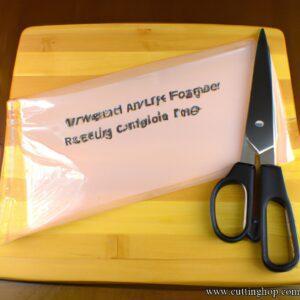
Packaging a cutting board properly is essential to ensure it arrives at its destination in good condition. Here are the steps to package a cutting board:
Prepare the cutting board for packaging
Packaging a cutting board correctly is essential for ensuring the board’s safe arrival at its destination. First, make sure the cutting board is clean and dry. Wipe it down with a damp cloth and then use a dry towel to dry it off completely. This will help protect the board from any moisture damage during transit.
Select the correct size and type of packaging materials
When packaging a cutting board, selecting the correct size and type of packaging materials is vital. The packaging materials can vary depending on the cutting board’s size and shape. For example, if the cutting board is large, it might require a box to fit it. If the cutting board is smaller, bubble wrap or plastic wrap can be used.
Additionally, cushioned foam inserts can also be used to protect the cutting board from any potential damage during the shipping process. To make sure the cutting board is safe and secure during shipping, it is important to measure it and choose the right size packaging materials.
Secure the cutting board inside the packaging materials
After the cutting board is covered with bubble wrap and cushioning, it must be secured inside the packaging materials. Use packing tape to keep the cushioning and bubble wrap in place. Place the cutting board in the center of the box, with the bubble wrap and cushioning on all sides and underneath it. Once the board is secure inside the box, use more packing tape to close and seal the box shut. Make sure that the box is properly sealed and secured before shipping.
Seal and label the package
The last step in packaging a cutting board is to seal and label the package. Apply strong adhesive tape to all sides of the package to ensure it is securely sealed. Attach a label to the package that clearly states the contents and destination. Ensure the package is correctly addressed to the recipient and any applicable shipping information is included. Then, the cutting board is ready to be shipped.
Ensure the package is secure for shipping
It is important to ensure that the package is secure before it is ready to go out for shipping. Ensure the cutting board is properly wrapped in bubble wrapping paper or newspaper and placed in an appropriate-sized box. Tape down any potential flaps or openings, and use plenty of packing material to fill empty spaces. To further protect the cutting board, add an extra layer of corrugated cardboard and tape it securely. Finally, affix a shipping label and marks to the package for easy identification.
Importance Of Properly Packaging A Cutting Board
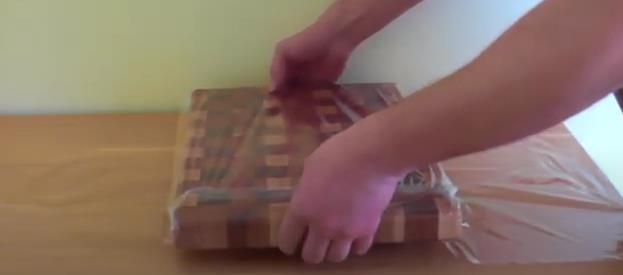
Properly packaging a cutting board is important for several reasons:
- Protection: Packaging a cutting board protects it from any damage during transportation or storage. This includes scratches, dents, and other damage that can impact the board’s usability.
- Hygiene: Packaging a cutting board in a box can help keep it clean and healthy by keeping it from getting dirty or contaminated by dust or other things.
- Convenience: Packaging a cutting board makes it easier to transport and store. It can also help keep the board organized and easily accessible when not in use.
- Presentation: Packaging a cutting board can enhance its presentation and aesthetic appeal. This can be especially important for businesses that want to showcase their products attractively and professionally.
Overall, properly packaging a cutting board helps to protect its quality and ensure its longevity while also promoting hygiene, convenience, and presentation.
People Also Ask
What materials are needed to package a cutting board?
Bubble wrap, packing tape, cardboard box, and cushioning material such as foam or packing peanuts.
What is the best way to package a cutting board for shipping?
The best way to package a cutting board for shipping is to wrap it in bubble wrap and place it in a sturdy box surrounded by packing material such as foam peanuts or air pillows.
How can you protect a cutting board from damage during packaging?
Wrap the cutting board in bubble wrap and place it in a cardboard box. Secure the box with packing tape to prevent any movement during transit. Fill any remaining space in the box with packing peanuts or air cushions.
What type of packaging material is best for a cutting board?
Bubble wrap is best for packaging a cutting board due to its cushioning properties. Styrofoam, corrugated cardboard, and paper wrap are also suitable materials.
How can you ensure a cutting board is securely packaged?
- Wrap the cutting board in bubble wrap or a foam sheet for cushioning.
- Place the wrapped cutting board in a sturdy cardboard or plastic box.
- Secure the box with tape and use packing peanuts or newspaper to fill in gaps and avoid movement.
- Label the package as fragile and include a note stating the contents.
- Use plenty of tape to seal the box and ensure the package is securely and tightly packaged.
Final Thought
Packaging a cutting board is important to ensure its safety and protection during transportation. Whether you’re shipping a cutting board to a customer, giving it as a gift, or moving it to a new location, proper packaging can prevent damage and prolong the board’s lifespan.
But how to package a cutting board? First, to package a cutting board, ensure it is clean and, if needed, cover it with a protective coating. Then, wrap it in a layer of bubble wrap or foam padding, and place it in a sturdy cardboard box. Use additional padding material to fill any space in the box and prevent the board from shifting during transit.
Remember to label the package clearly and choose a shipping method that suits your needs and budget. With these easy steps, you can safely package your cutting board and ensure it gets where it’s going in perfect shape.

